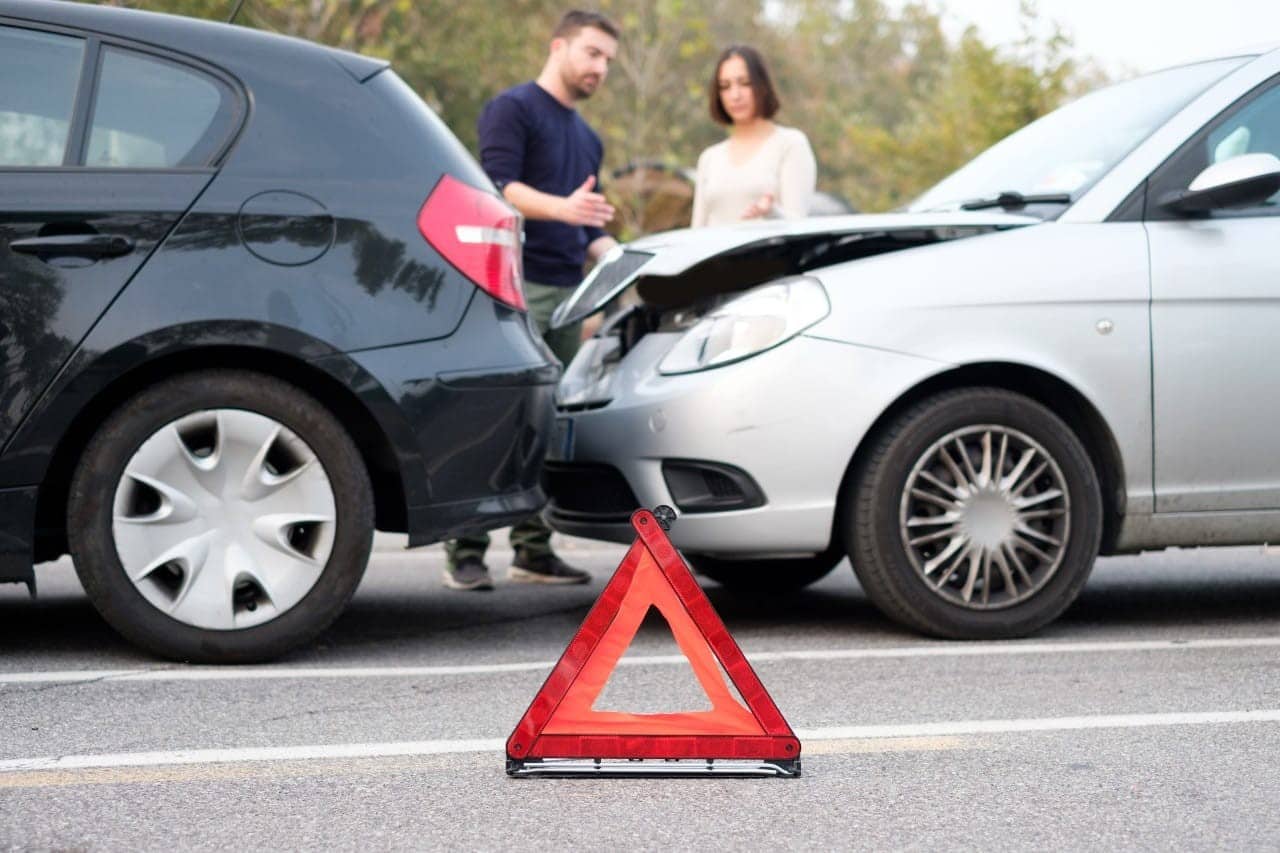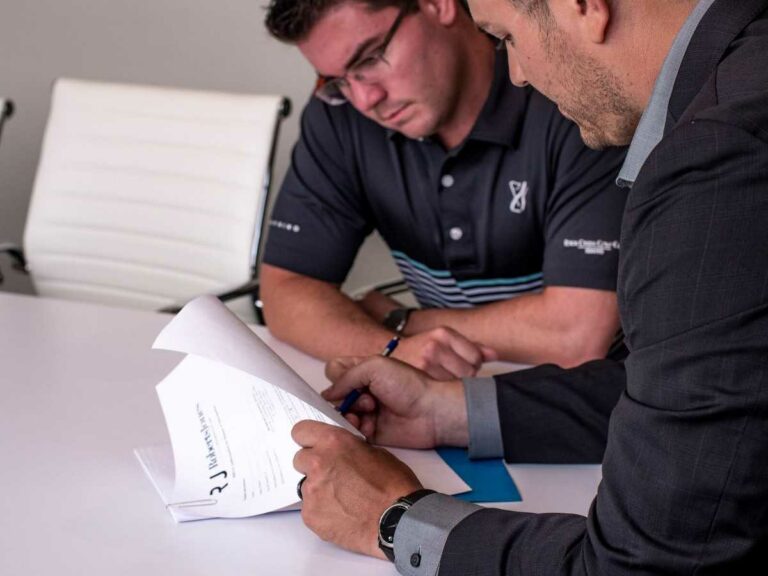Driving in the state of Washington is a delightful experience. The Evergreen State does not disappoint for scenic drives to stunning locations and vistas, from mountains to sea shores to forests and lakes. However, Washington also has winding mountain roads and severe weather. The state receives plenty of rain, snow, and ice, which can cause significant damage to the streets and many potential accidents. If you are a resident or frequent visitor of Washington State, you have likely been involved in a car accident. Whether you’ve been the victim or have a partial fault car accident, you should know your rights in Washington.
How is “At Fault” Determined in a Car Accident in Washington?
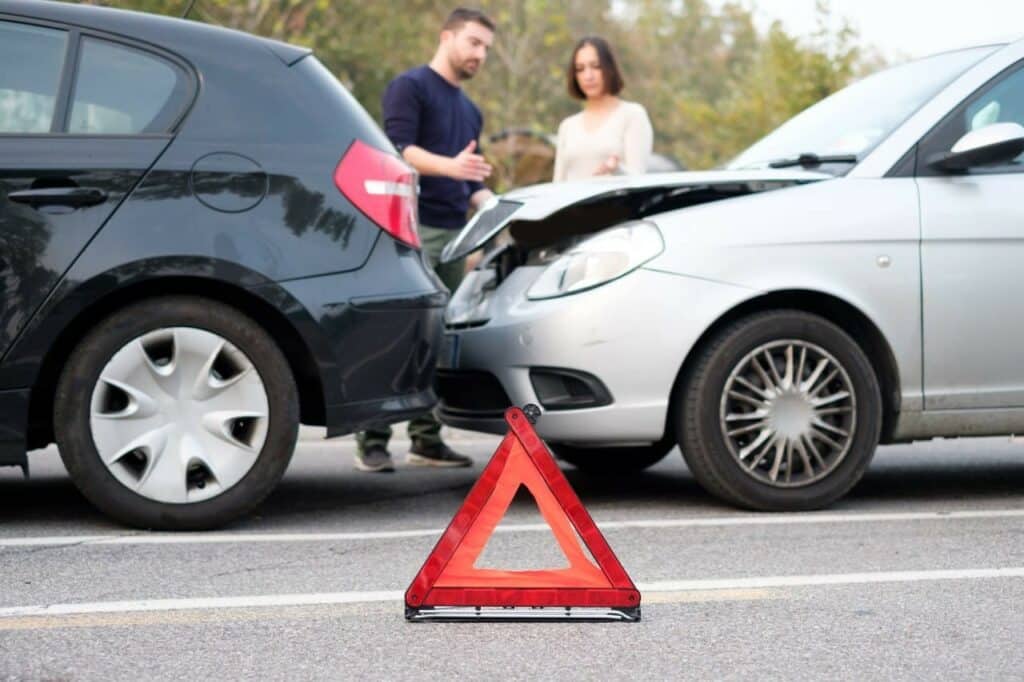
Regarding partial fault car accidents or any vehicle incidents in Washington, the state follows a system of negligence laws. You must prove the other driver was at fault to receive compensation for your injuries. However, fortunately for partial fault car accident victims, Washington has adopted a pure comparative negligence system. Comparative negligence uses the assignment of blame to determine the damages a plaintiff receives after an accident or how much each party is entitled to. A judge will assign responsibility for the incident based on the particulars of each case.
What is a Pure Comparative Negligence System?
A pure comparative negligence system means that regardless of the fault you shared in the accident, you can still receive compensation from the other driver. In Washington, if both parties are found to be partially at fault, the compensation that one party receives will be reduced by their responsibility. For example, if you were found to be at 25% at fault, your payment would be reduced by 25%. If you were found to be 99% at fault, you could still receive 1% of the compensation.
How Can Comparative Negligence Help a Partial Fault Car Accident?
Let’s discuss the practical implications of using pure comparative negligence in a partial fault car accident. This occurs when both parties involved in the incident are found to be at fault to some degree. This type of accident is rare; generally, one person is found to be more at fault than the other. In this situation, each party is assigned a percentage of responsibility, and the compensation received is based on the fault rate.
Take, for example, a two-car accident. Driver A ran a stop sign and collided with Driver B, who was traveling at a reasonable speed and had the right of way. In this case, Driver A would be found to be more or entirely at fault and assigned a higher percentage of fault. Driver B would receive more, if not all, of the compensation than Driver A.
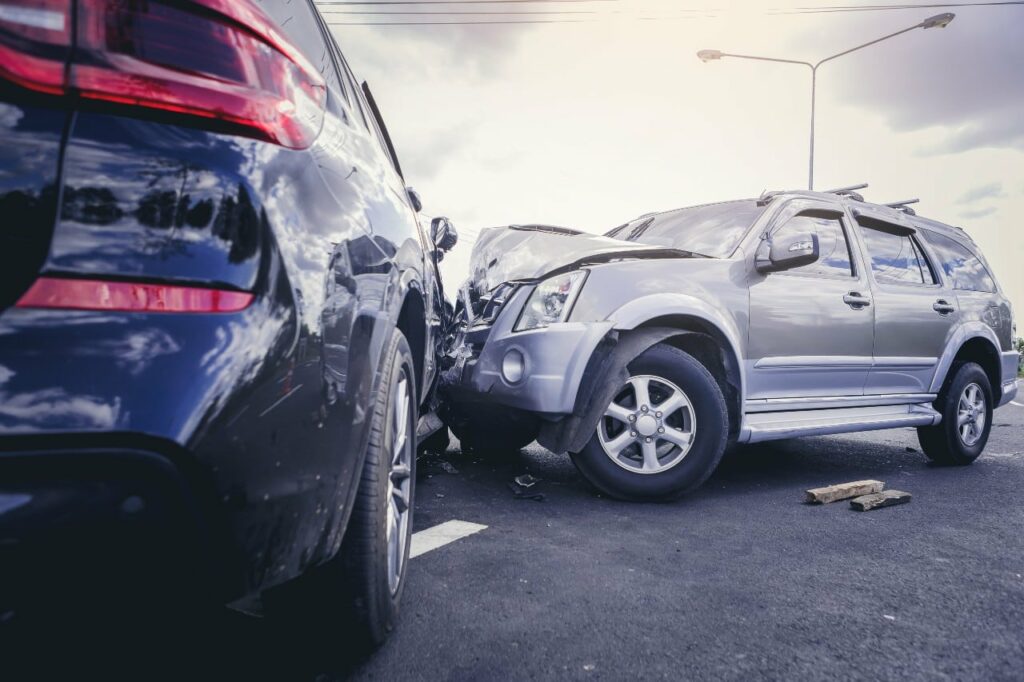
However, if both drivers were found to be equally at fault, such as if Driver A was speeding and Driver B ran a stop sign, then both drivers would be assigned a 50/50 split of responsibility. This is an example of pure comparative negligence. In this case, both drivers would receive the same level of compensation, regardless of who was more at fault.
Now, what if Driver A ran a stop sign and collided with Driver B, who was still traveling at a reasonable speed and had the right of way? However, upon further investigation, it was clear that Driver B’s brakes needed to be replaced and were not in good condition. Therefore, he couldn’t slow down as fast to prevent an accident from occurring. In this case, he might be found partially at fault, with Driver A at 90% and Driver B at 10%. In this situation, he could only collect up to 90% of the damages in this partial fault car accident.
Each party is responsible for its damages in a pure comparative negligence car accident. The amount of money each party receives is based solely on the percentage of fault assigned to them. It is critical to note that comparative fault does not determine liability. Instead, it determines how much you will be compensated for the injuries you have received. This attribution of percentages of fault reduces damages awarded.
Can You Still Receive Compensation in a Partial Fault Car Accident?
Ultimately, it is still possible to receive compensation if you are involved in a partial fault car accident in Washington. Hiring a personal injury lawyer is the best way to make your case to a judge to determine the percentage of fault in the incident. Building a solid case can increase the potential damage compensation you can receive from your accident.
In Washington, typical partial fault car accident victims can claim recompensation for current and future medical expenses, present and future lost wages, car repairs, emotional and mental distress, and loss of consortium. Washington requires those who have suffered minimal injuries and are filing claims of less than $15,000 to go through mandatory arbitration. The state also has a three-year statute of limitations for accidents, meaning you must file your lawsuit within three years of the incident. If you have been involved in a partial fault car accident, consult a personal injury attorney as soon as possible to help get you started on your way to receiving the maximum compensation.
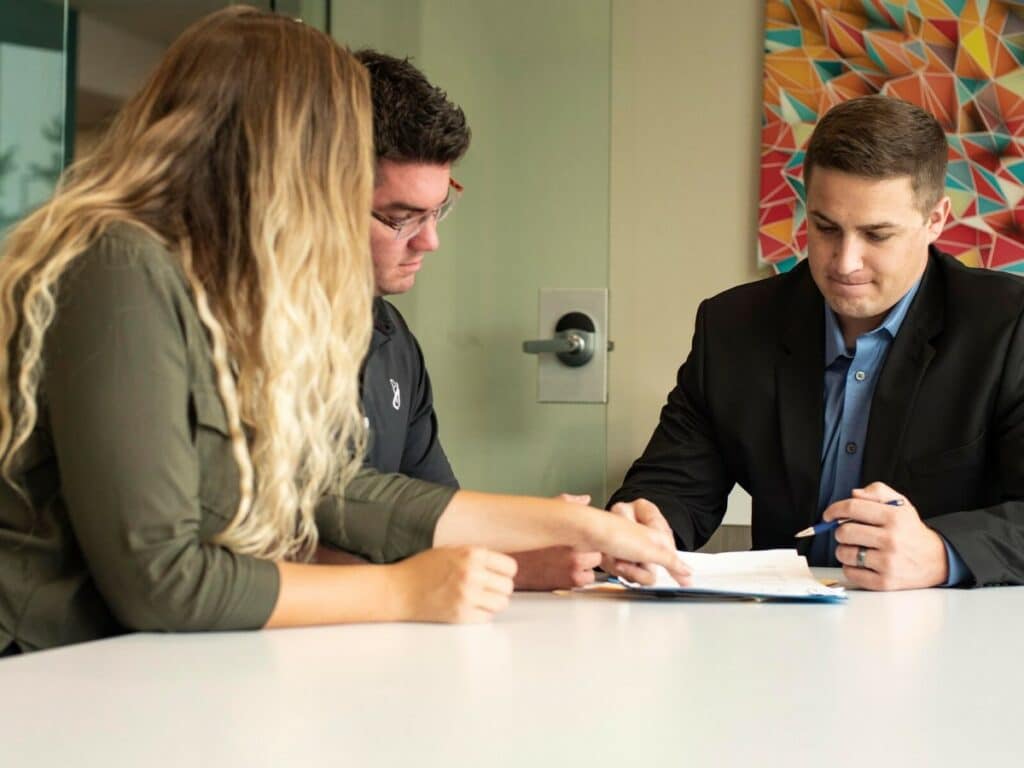
How Robert Jones Law Can Help
Are you searching for a personal injury attorney in the state of Washington? Robert Jones Law is here to help! Our team has years of experience handling every personal injury claim imaginable. We will dig into the details of your accident and work diligently to help you file a claim, navigate the legal proceedings, deal with the insurance companies, and ultimately receive the maximum compensation possible. You don’t have to go through this alone or try to figure out all the nitty-gritty details of the law yourself. Contact Robert Jones Law today for a free consultation and to get started on your legal journey!

